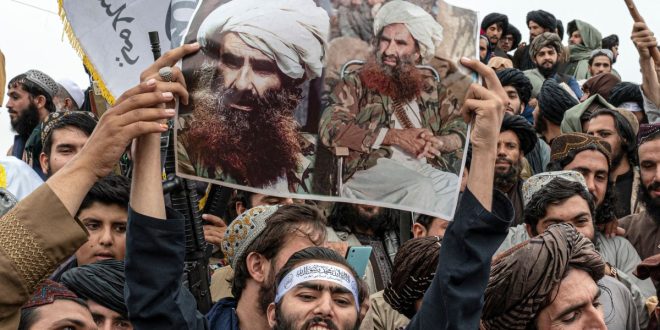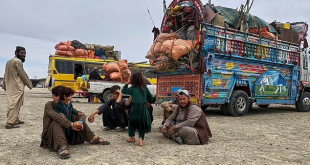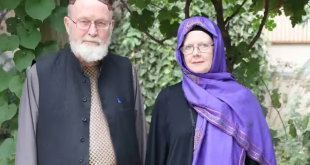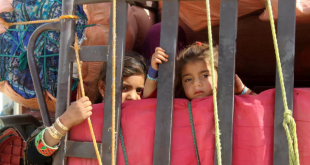AT News
KABUL – In the aftermath of America’s longest war, Afghanistan now faces a new battle – not against insurgents, but against western isolation. Afghanistan has been isolated from the world and faced from global discourse since August of 2021 when the Taliban took power.
US government has incessantly pressured the Taliban administration into moderating their views on women’s rights and human rights abuses. However, this strategy has backfired, leaving Afghans feeling isolated and helpless. Getting Afghan girls back to school and woman back to the workforce needs more than paying just a lip service.
The consequences of international isolation extend beyond geopolitics; Afghanistan, grappling with the impacts of climate change, has been excluded from global efforts to address the crisis. Recurring droughts and flash floods, intensified by climate change, have plagued the nation for three consecutive years. Astonishingly, Afghanistan was omitted from the United Nations’ annual climate change conference for the third consecutive year, leaving the country out of vital international solutions.
The UN’s decision to defer Afghanistan’s participation in COP28 further exacerbates the situation. International agencies and donor countries, wary of engaging with the Taliban, have withdrawn financial support, including vital aid for climate change adaptation projects. The World Bank’s suspension, triggered by the Taliban’s restriction on girls attending school, has left at least 32 climate change projects in limbo.
As of August 2023, over 29 million Afghans, constituting 68% of the population, urgently require humanitarian aid to survive. The World Food Programme predicts that 15 million Afghans will face acute food insecurity between May and October 2023, directly linked to the climate crisis. Afghanistan’s struggle is not merely political but also a battle for survival in the face of climate-induced challenges, compounded by international isolation.
 Afghanistan Times
Afghanistan Times




